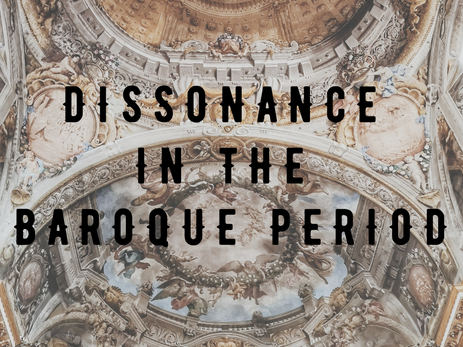Uncategorized
Dissonance in the Baroque Period and your Treatment
https://www.youtube.com/watch?v=EUfBz_W3gjQ&list=PLCeZxJIYVmnEhx5X9BOGyLTGrzxImS6ge&index=35
So far, we have seen that all the dissonances are diatonic and always happen on a weak part of the beat of the bar. During the Baroque period, the rules started to bend, welcoming dissonances on a strong metric position and chromatic notes. Let us see some examples:
Passing Notes
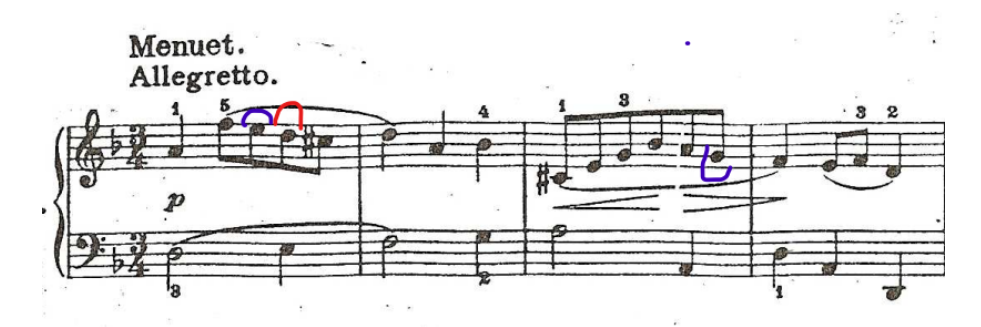
The notes in blue are the ones that we already studied in the second species of Counterpoint: a dissonant interval is taken by step and resolves by step downward or upward but always on the weak part of the beat. These are called “Unaccented passing notes“.
The notes in red are the ones that introduce the dissonances clashing against the other voice, hence on a strong part of the beat. These are called “Accented passing notes“.
Neighbouring Tones
We have already seen that neighbouring tones can be placed lower or upper from a structural note, now we can add chromatic notes; this should be said, that will depend on the harmonic implications of the passage as we can see in the following example in which the C# is clearly the leading tone of the minor key of D:
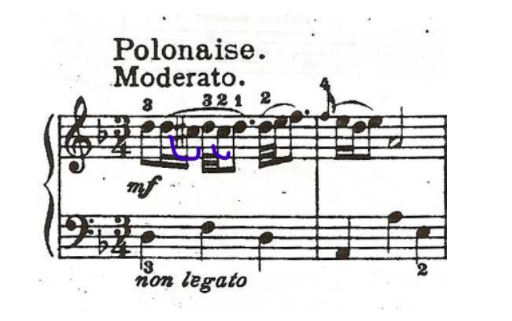
Suspensions
In the Baroque period, the suspended notes were not necessarily tied from the previous beat, but now they are “allowed” to clash against the other voice:
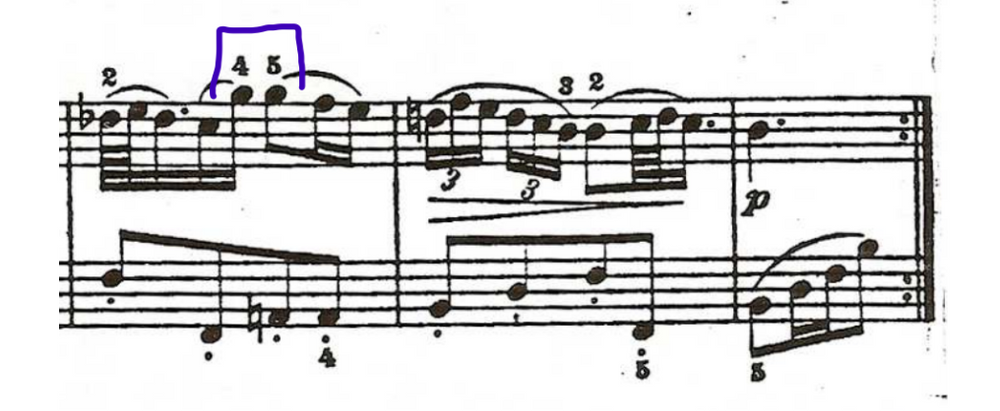
In the previous example the G clashes against the A natural, forming a common suspension of 7 -6, resolving into the F note.
Also, you can appreciate the number of other dissonances in just three bars: upper neighbouring, unaccented passing, etc.
Appoggiatura
One of the most common and expressive dissonances used during this period is definitively the appoggiatura. The word comes from the Italian “appoggiare” which means “to lean over”
This dissonance always happens on a strong metric position, is taken by leap upward (a third, a fourth, a fifth or more) and then resolve by step downward, like in these examples:

In the following example, we have two dissonances at the same time: the C# clashing against the D on the Bass taken from a leap upward from the previous note, G, then a D as an escape tone (we will see that later) finally resolving a step down to a B flat with an interval of a sixth:
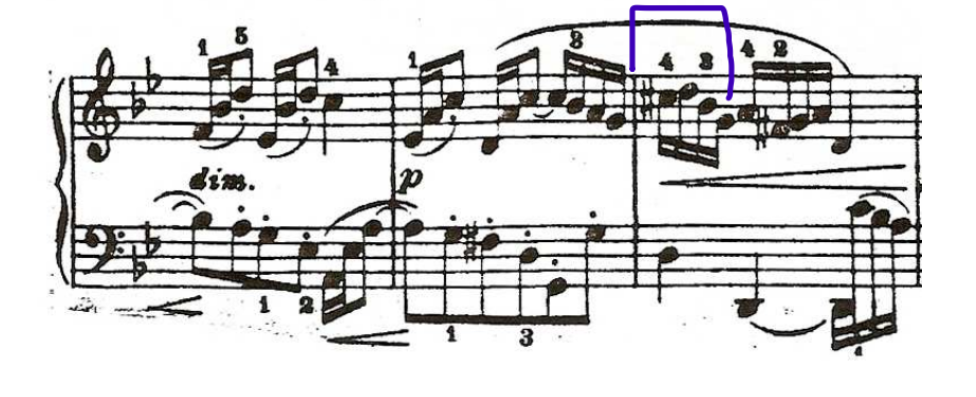
Escape Tones
The previous example has an escape tone.
This dissonance is taken by step and resolve by skip or leaps in the opposite direction that it was taken (see the example above).
Here are more examples:
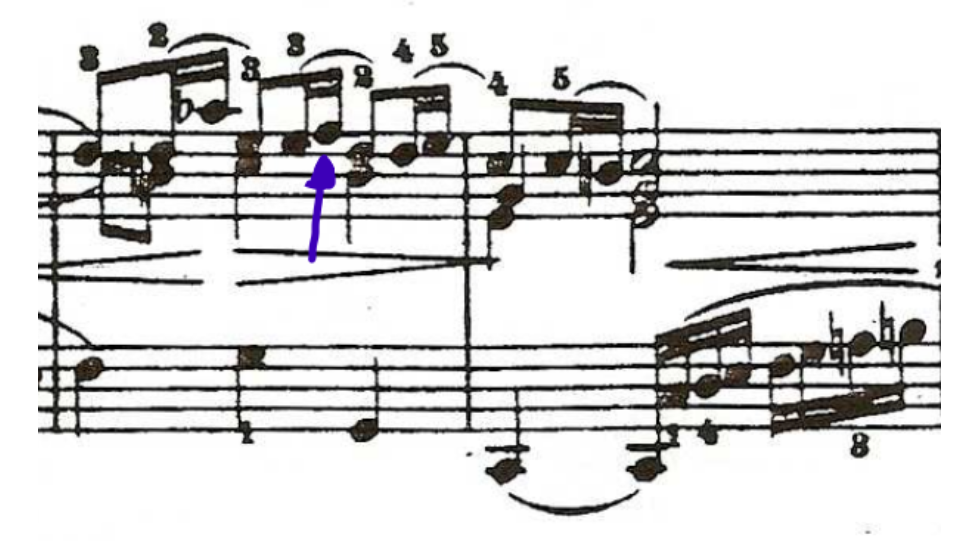

Anticipations
Anticipation does what its name suggests, it anticipates the harmonic note one beat before as a dissonance. Commonly used in cadences, this became practically idiomatic of the Baroque era:
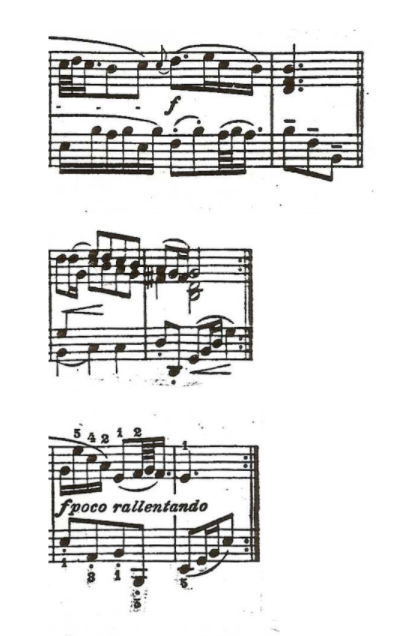
Combinations & Harmonic Implications
The use of dissonant counterpoint, dissonances or non-harmonic notes (modern term) creates a world of possibilities, as is in the way that they can combine with each other the creativity will expand exponentially.
The freedom in chromatic notes also is directly connected with the harmonic implications of dominant harmonies, borrowed chords and secondary dominants that composers started to use.
Here are a couple of examples:

Use of Secondary chords implied in the non-harmonic tones:
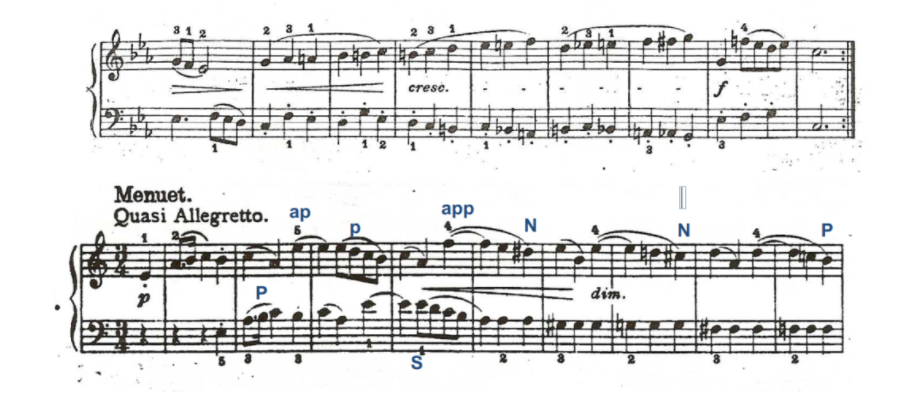
Symbols of Analysis
To facilitate the analysis, these are the shortcuts:
N: Neighbouring
P: Passing
S: Suspension
A: Anticipation
App: Appoggiatura
Do not miss my next article: The Canon

